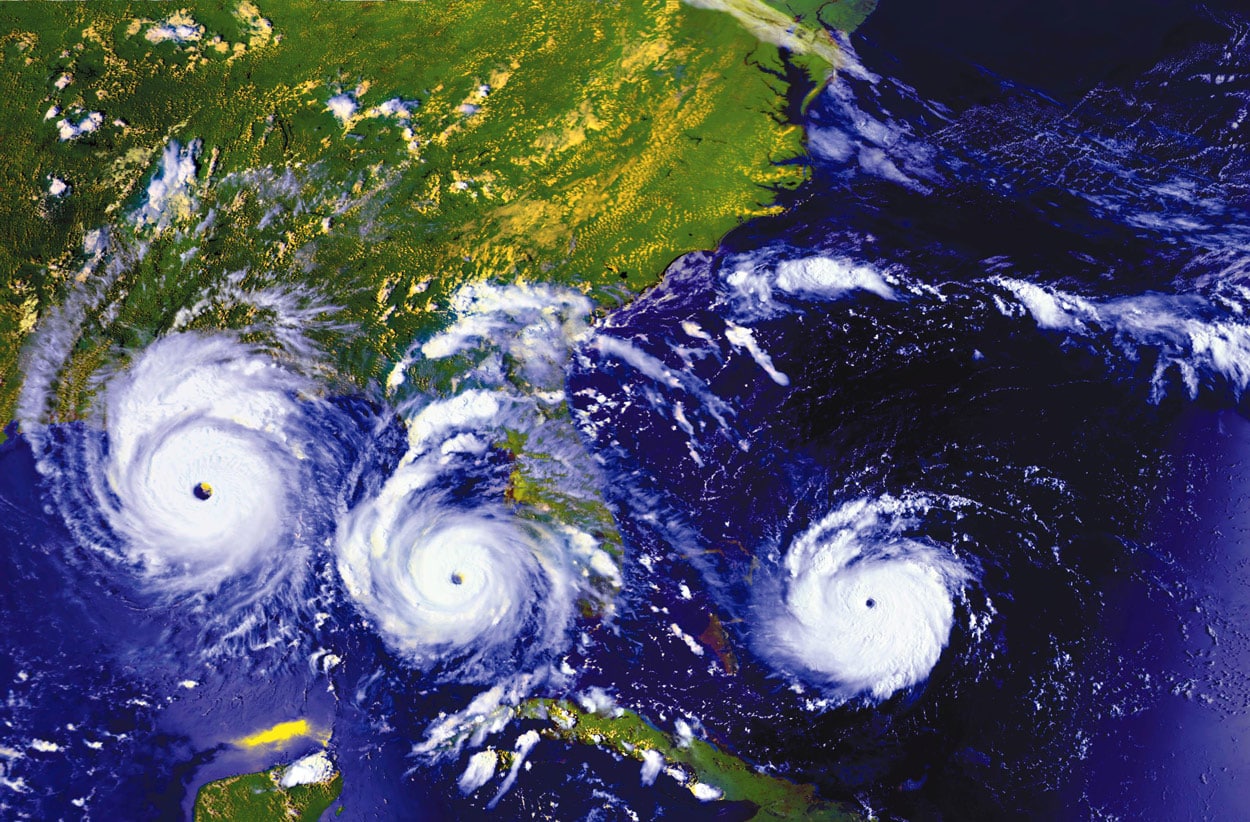The Federal Energy Regulatory Commission (FERC) on September 17, 2020 passed Order 2222, removing the barriers for participation of distributed energy resources (DER) with traditional electric power systems. This will allow DERs to compete in all regional organized wholesale electrical markets and levels the playing field for many companies, which will provide more competition and innovation while also driving down consumer costs. This will be a game changer for the distributed energy industry since these systems, when designed and deployed correctly, can cost less, provide greater flexibility and can be quicker to install than utility-scale applications.
Distributed Energy Systems and microgrids can reduce reliance on regional and national power grids by providing energy on a smaller scale, with more flexibility, reliability and security, directly for homes, commercial business, industrial facilities communities, campus, or similar projects. Regional grid operators must revise their tariffs to establish DERs as a category of market participant. Microgrid investors and developers will now be able to play on the same field as the large-scale energy providers and get paid on the same scale as traditional energy companies. This means energy users will have more choices regarding their energy sources and cost certainty, while also having potential for a more reliable source of energy, reducing blackouts and brownouts caused by ever changing environmental conditions and energy requirements.

This change will also allow for greater innovation. Like with Tesla and its development of battery storage facilities, a lot of competition and innovation has been coming on the market in the last couple of years. The price of energy storage is reducing at a high rate as technologies evolve and become more efficient, and demand increases. This is the same curve we saw with solar and wind power over the last decade.
In addition to providing localized solutions for a particular consumer like a business, microgrids and distributed energy resources can support the centralized grid. Since microgrids can take advantage of renewable energy sources, such as wind and solar, deploying these technologies at a faster pace and enabling them to work with and support large scale power distribution, the evolution of these technologies will increase. By incorporating storage systems, distributed resources can support the grid during times where the grid needs assistance or if there is a fault in the lines. They can even provide recovery during blackouts and brownouts.

By allowing DERs to be able to be a part of the overall grid, and no longer allowing states or companies to opt out of allowing them to come online, this will allow new technologies to not only participate, but also bring online existing solutions to the main frame grid, will increase reliability and reduce demand on the large-scale energy system producers. This also reduces the monopolies that main power companies have had over this industry for many years. By implementing FERC Order 2222, DERs can now position with more confidence and support be a part of this ever-changing landscape.
Utility companies and state regulators now must work with microgrid companies toward integration of these solutions into the main energy structure. This also means that cleantech companies can focus on innovation instead of fighting regulations and provide more opportunities for new companies to join in this evolving energy landscape.


